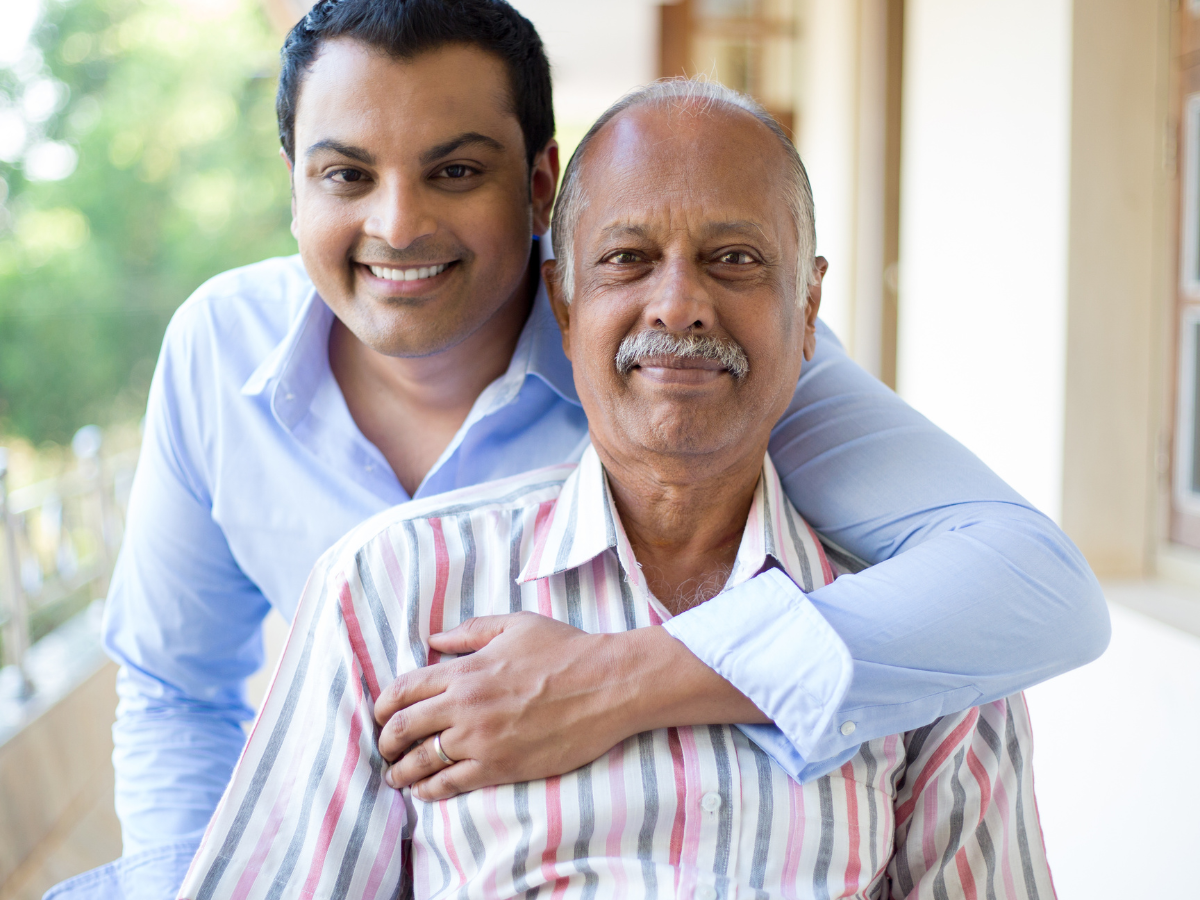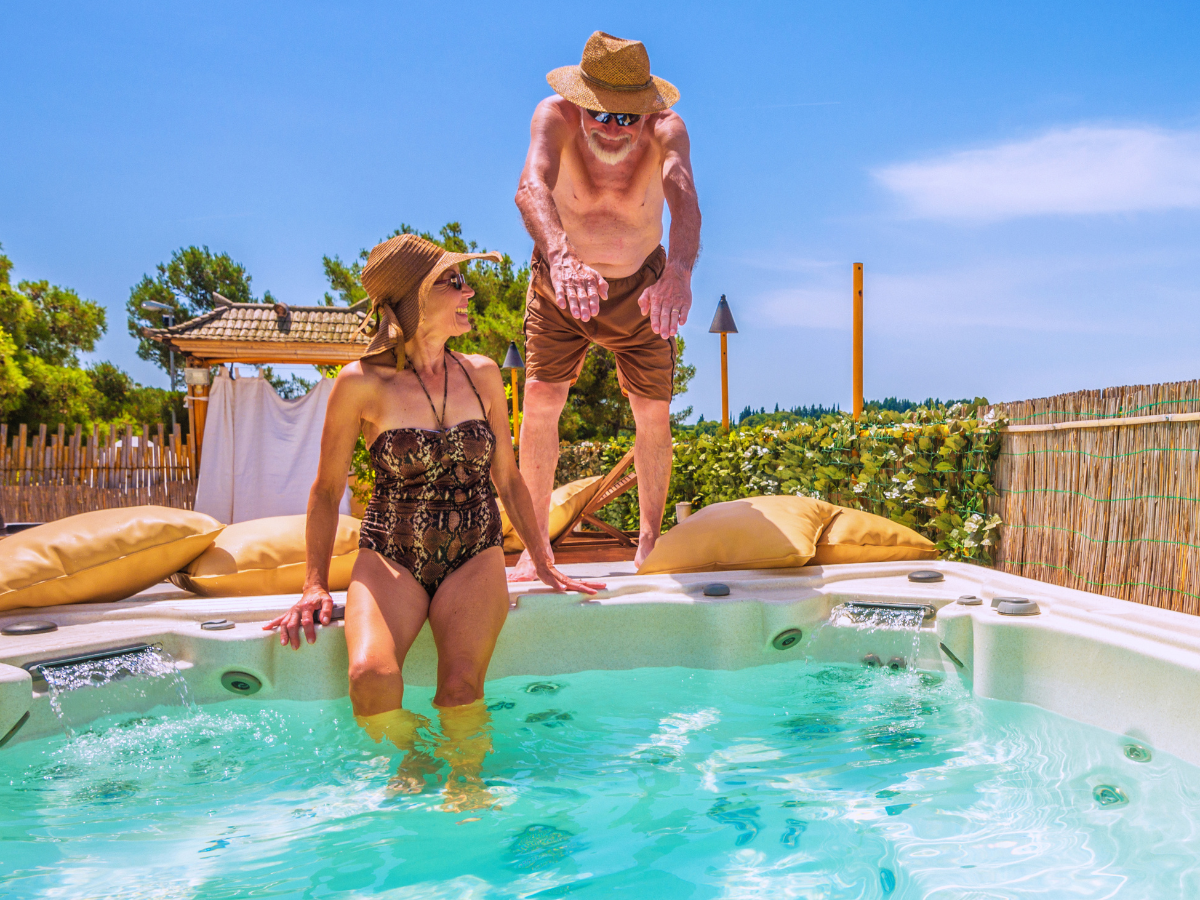With age, we tend to lose strength and balance. As a result, falls can occur more easily for older adults. Statistically, this has been proven. Falls have been determined as the number one cause of injury-related deaths and hospitalizations of Canadian seniors.
Needless to say, it’s imperative to prevent your elderly loved ones from falling. This is especially true when they are walking up or down the stairs.
What can you do to make your household’s stairwells safe for everyone?
Put on footwear with non-slip soles.
For many Canadians, wearing shoes in the house is a no-no. Slippers, on the other hand, are commonly worn in the home. However, if you’re either a senior or someone with balance challenges, it’s important to put on footwear with excellent tread. It will help you to have firmer grips on the floor, keeping you steadier while walking. On the stairs, wearing something on your feet with non-slip soles is especially important. They can help to significantly reduce the risk of falling.
According to Elder.org, “if your loved one experiences any mobility problems, the correct footwear can be helpful, providing excellent grip and support for the feet. Old or worn shoes and slippers should be thrown out and replaced with sturdy and practical footwear with a non-slip sole.”
Keep objects off the stairs.
No staircase should ever be cluttered. However, so many of us are guilty of having left our bags, briefcases and books lying on the stairs. A home with children in it may often have toys lying around. Keep them and everything else off the stairs! Obviously, objects on steps are tripping hazards. As the U.K.’s HR Fibreglass points out, keeping steps clean and clear is perhaps one the simplest and yet most crucial ways to ensure safety on them.
“Fallen items, debris, litter and leaves can all dramatically increase the chances of an accident,” says their website, “Build regular checks into your daily routine and create an accountable culture to help minimise risk and ensure that staff take responsibility and remove any potential hazards as soon as they are spotted to keep stairways clear.”
Practice stair safety techniques.
What exactly are stair safety techniques? Holding on to the handrail is an example. Many of us take those rails for granted, but they are certainly there for a reason. Encourage the elderly loved ones in your home to walk up and/or down the stairs at a slow pace, always holding the handrail. Reiterate that moving slowly is an important part of keeping safe.
“You may need to spend time teaching your elderly relative techniques for negotiating stairs more safely,” says Elder.org, “High quality live-in care agencies, such as those offering dementia care, will provide carers who can offer support for most trips up and down the stairs. It’s still worth taking the time to go over stair safety from time to time, to make sure that the message is retained and understood.”
Install a stair lift.
If you live with either a senior or a person with mobility issues and your home has a staircase, it’s a good idea to consider installing a stair lift. Stair lifts require no home modification to install and they fold to park out of the way allowing easy access to others who need to use the stairs.
The Advantage Home Health Solutions team always ensures that you have the complete picture to make an informed stair lift purchase. To learn more, please don’t hesitate to give us a call at 403-460-5438. You may also email us by filling out the form on our Contact page!



